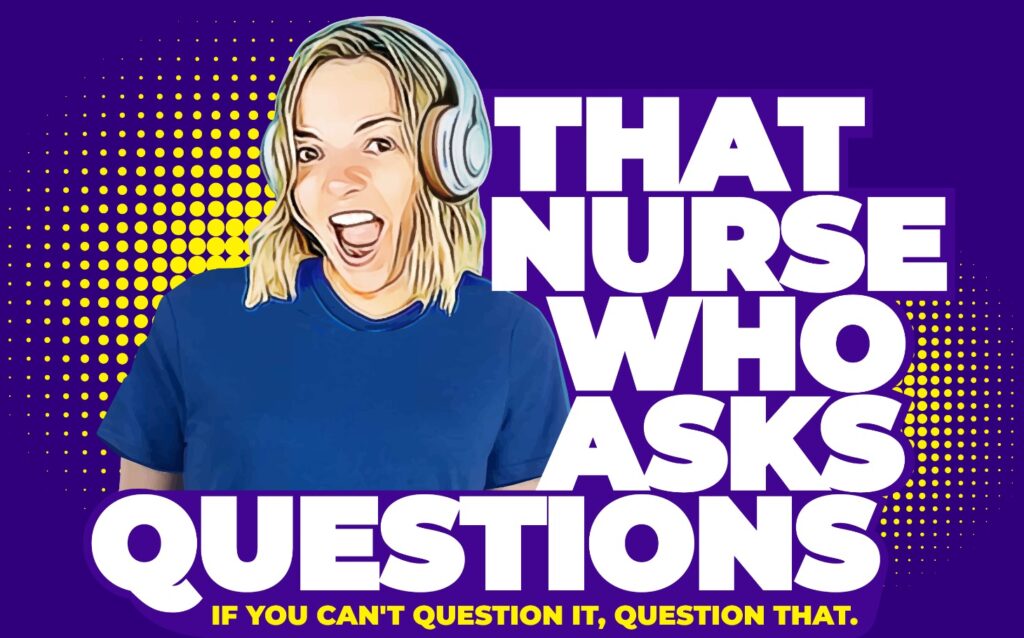Ever had that sinking feeling after a conversation where you’re left doubting yourself — but can’t quite put your finger on why?
You might not be overreacting. You might be on the receiving end of a familiar communication pattern rooted in power, shame, or control — the kind that leaves you second-guessing yourself long after the conversation is over.
Let me introduce you to a tool that helps you understand these moments and respond with clarity: Transactional Analysis (TA). Whether you work in healthcare, lead a team, or are just trying to make sense of your own reactions or relationships, TA is a surprisingly accessible framework that can help you cut through the noise.
What is Transactional Analysis?
Transactional Analysis, or TA, is a psychological model developed in the 1950s by psychiatrist Dr Eric Berne. It’s a way of understanding how people interact with one another — and why those interactions sometimes go off track.
Here’s the crucial bit to remember:
⚠️ TA was not developed specifically to detect manipulation.
TA was created to support personal growth, healthier relationships, and clearer communication. It helps people develop self-awareness, emotional intelligence, and a better understanding of their habits and reactions. However, one of the (very useful) side effects of learning TA is that it can help you spot when a conversation is veering into manipulation — or emotional pressure — even if the other person doesn’t realise they’re doing it.
TA Helps With:
- Understanding your ego states (Parent, Adult, Child)
- Noticing recurring roles or “games” you or others might play
- Improving relationships and communication
- Building autonomy and staying grounded in conversations
The Three Ego States
At the heart of TA is the idea that we all shift between three different mindsets, or ego states, during interactions:
1. Parent Ego State
This is the internal voice of authority. It’s usually inherited from caregivers, culture, or early life.
- Critical Parent: Blames, shames, commands.
➔ “You should know better.” / “That’s just how we do it.” - Nurturing Parent: Comforts and rescues.
➔ “Let me do that for you.” / “Are you okay?”
2. Adult Ego State
This is your calm, present, logical self. It’s where thoughtful problem-solving and respectful conversations happen.
- ➔ “Let’s look at the facts.” / “What are the next steps?”
3. Child Ego State
This is the emotional part of us that can be fun, reactive, or fearful — shaped by our early experiences.
- Free Child: Playful, curious, spontaneous.
➔ “This is exciting!” - Adapted Child: Obedient, rebellious, or anxious.
➔ “Fine, whatever.” / “Why is it always me?” / “I’m sorry — I didn’t mean to upset you.”
We all shift between these states, but recognising which one you’re in — and which one the other person is in — can change everything.
🚠 How Manipulation Can Show Up in TA
When conversations go sideways, it’s often because two people are in different ego states — or being pulled into a dynamic they didn’t choose.
This isn’t always intentional. Most of the time, people are just playing out patterns they’re not fully aware of.
Here’s how it might play out:
| Their Ego State | → Your Triggered State | = What It Feels Like |
| Critical Parent | Adapted Child | Shame, guilt, walking on eggshells |
| Nurturing Parent | Free Child | Helplessness, dependence |
| Rebellious Child | Critical Parent | Power struggle, defensiveness |
Learning to recognise these dynamics in real-time gives you the chance to step out of the pattern and return to Adult.
🔎 Spot the Language of Manipulation
Sometimes manipulation is overt. Other times it’s subtle — dressed up as concern, feedback, or humour. But there’s often a pattern:
- “Everyone else is fine with it.”
- “You’re overreacting.”
- “You’ve changed.”
- “You’re too sensitive.”
- “I guess I’m just the bad guy then.”
These are not constructive comments. They’re emotional deflections designed to make you question yourself.
✔️ Stay in Adult: What to Say Instead
When you feel the tug into guilt, rebellion, or shame — take a breath. Your goal is to stay in Adult. That doesn’t mean being cold or robotic — it means responding with clarity and calm.
Try:
- “Let’s look at what actually happened.”
- “I’m happy to talk this through, but I need it to be respectful.”
- “What would feel fair to both of us here?”
- “Let’s pause — I’m not comfortable with how this is playing out.”
📊 Summary
Transactional Analysis isn’t about blaming people. It’s about making sense of what’s happening beneath the surface of your conversations.
TA gives you tools to:
- Spot emotional pressure and power games
- Stay grounded in challenging conversations
- Set boundaries and protect your energy
💬 You don’t need to diagnose everyone. You just need to notice the pattern — and decide whether you want to stay in it.
🎧 Want more?
Listen to the full episode on the That Nurse Who Asks Questions podcast, or grab your free Ego State Cheat Sheet to take this one step further.
Let’s keep asking better questions — and start answering them with clarity.


